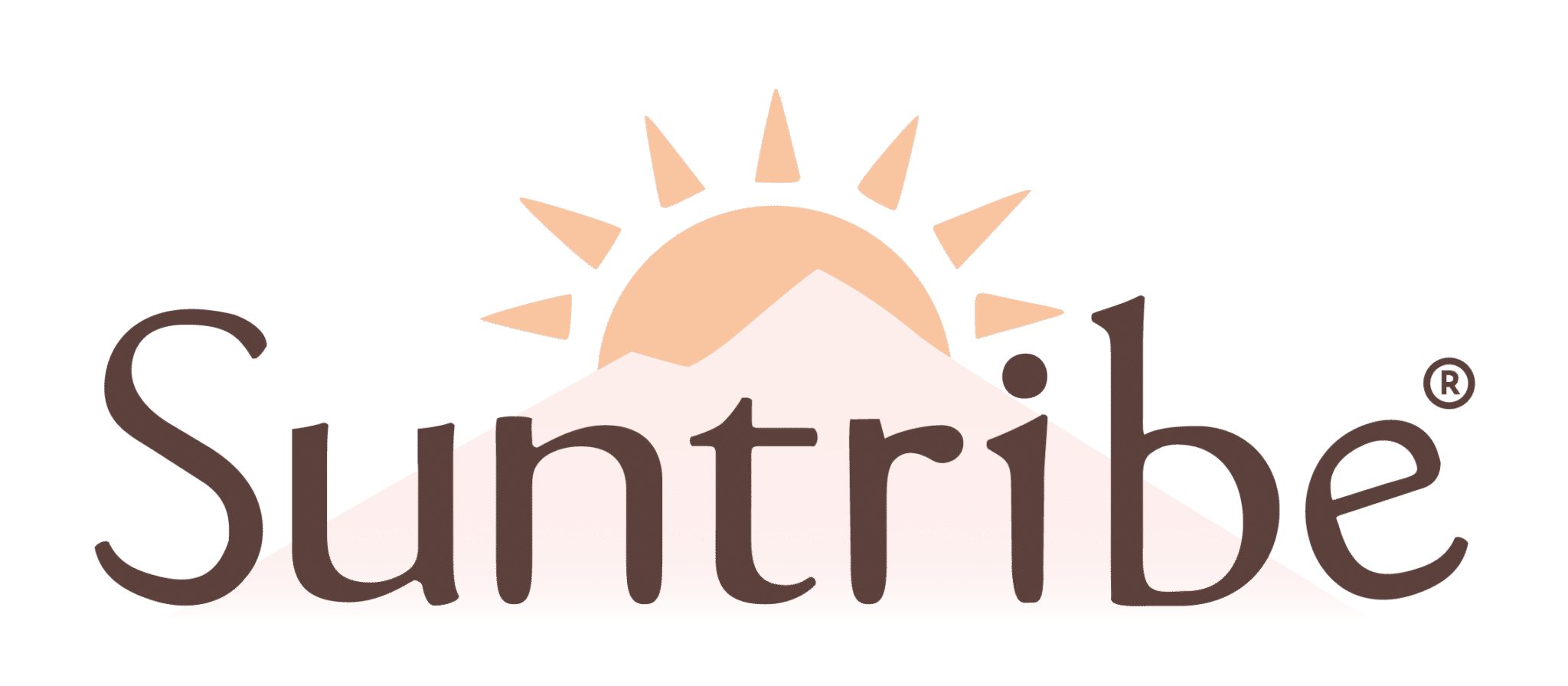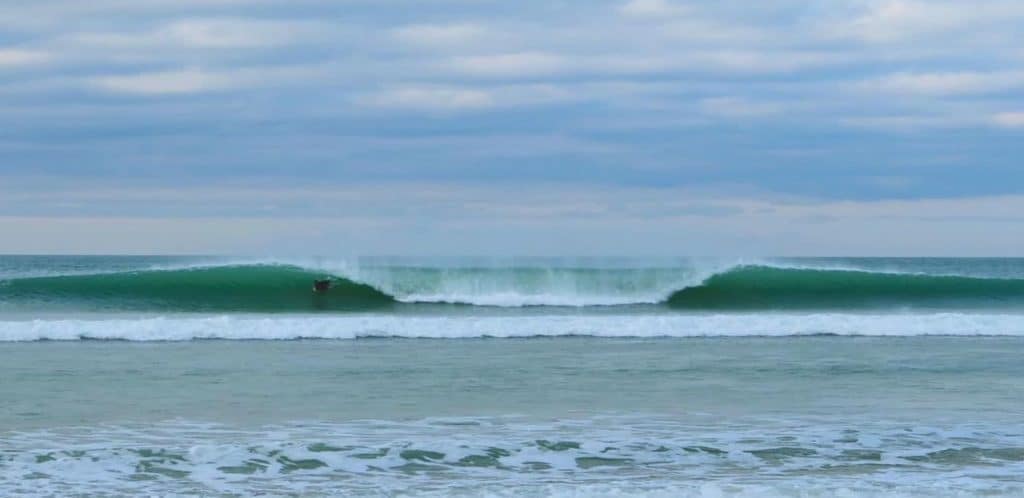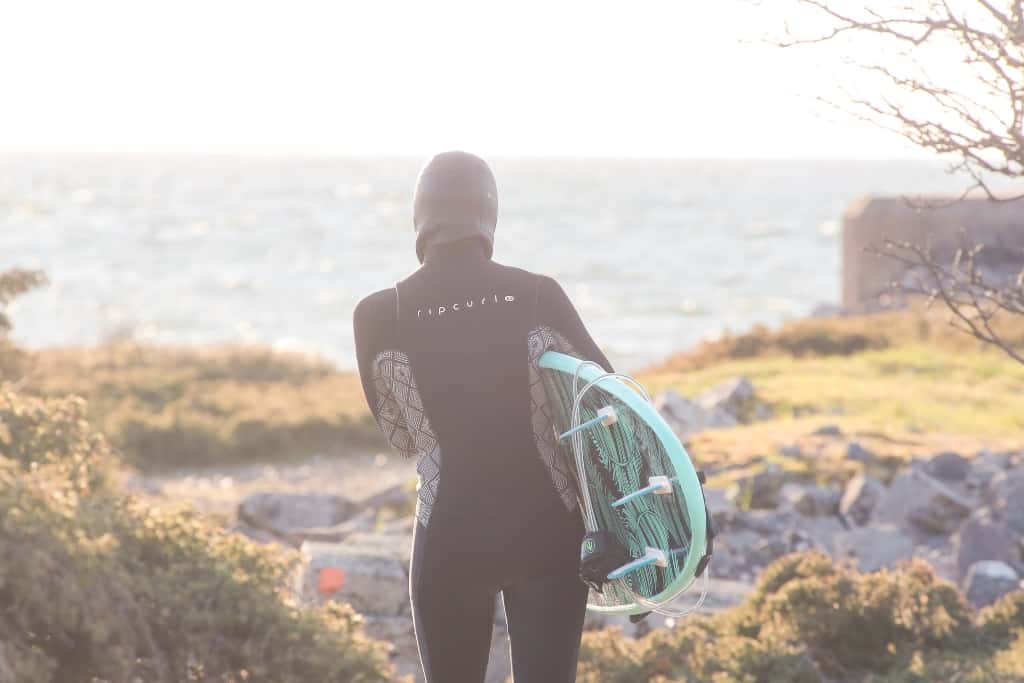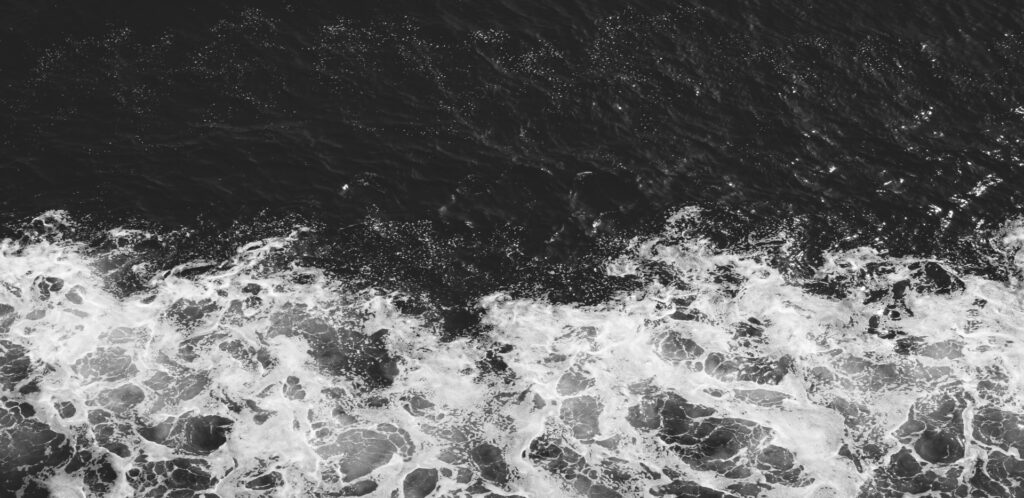Blog
Suntribe Interview With The Swedish Ocean Clean-up Organisation CleanSea
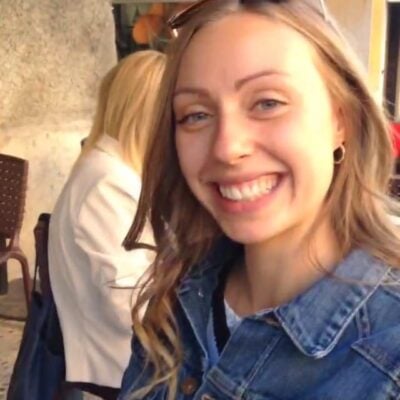
By Hanna Oltmanns, 15 November 2023
CleanSea was started by two siblings, Lukas and Mikaela. Their organisation is running regular cleanups on the West Coast of Sweden to preserve marine life by freeing it from plastic pollution. We had the chance to talk to them in person and ask them a couple of questions about their work, their achievements and their dreams.
Why did you start CleanSea?
Since early childhood, my twin brother Lukas and I have walked along the coastline, snorkeled to explore life under the waves and watched from the docks with fascination as marine life swam around below us.
Yet through my 23 years, I have also witnessed something worrying. The waves of trash that relentlessly wash up from the ocean every day. To put it in numbers, the volume of this plastic is the equivalent of 5 full bathtubs that wash in on the rocks and beaches of the Northern west coast every single hour. This is 120 bathtubs per day, and adds up to many hundreds of metric tonnes every single year. Isn’t this crazy? We wanted to do something about this, and so we started CleanSea, with the goal of safeguarding our shores and helping to save marine life from plastic pollution.
CleanSea’s purpose is to help marine life. We do this by removing plastic and other harmful trash from the Swedish west coast, and it is primarily funded through our CleanSea bracelets. To date, we are proud to say that we have removed 50 metric tonnes of ocean plastic. Removing just 100 grams of plastic has the potential to save a bird, and 500 grams has the potential to save a seal.

Why is there so much plastic waste on the Swedish Coast?
Outside of the Swedish west coast, currents from the Atlantic Ocean and Baltic Sea bring a lot of trash from other parts of the world. When these currents meet, it gets pushed towards land. This leads to a lot of international pollution on the northern Swedish west coast. The positive side is that we can remove it effectively on the shore, which prevents it from going back into the ocean.
Many marine animals mistake plastic for food. As a matter of fact, 94% of all seabirds in the North Sea have plastic in their stomachs. This can cause internal damage, or may lead to starvation. Other times, marine animals get entangled in lost ghost nets from fishermen. Seals are very curious animals, which can put them at greater risk of entanglement. We have found dead entangled animals, and talked with divers who sometimes find dozens of dead entangled marine animals in a single dive. This motivates us to continue our work.
About 50% of the trash we find is single use plastic, such as food packaging, bottles and bags. The finishing industry accounts for roughly 40% of the plastic we find, usually in the form of plastic ropes and ghost nets. The remaining trash we find can be anything from epoxy, nurdles, paint, refrigerators, car tires, medication and more.
We go to work where we believe we can remove the most trash. This is mainly in the Bohuslän area between Gothenburg and the Norwegian border. We do consistently go further south and to the east coast too. We’re usually out 4-5 times per week, year around.
We mainly locate polluted areas based on surrounding topography, ocean currents and terrain. Since we also document all of our cleanups, we can go back to places where we have found lots of plastic in the past. Once we’re at the cleanup location, we pick up and collect the trash in bags, which we weigh with a pocket-sized baggage scale. On average, we remove 106 kg of plastic/cleanup. We work together with the local municipalities who take it to recycling. What cannot be recycled is burnt to produce energy.
People are very welcome to join our cleanups if they live in Bohuslän. Otherwise, it can be a really nice community or family activity to organize their own cleanup. We also remove 1 kilo of plastic from the ocean every time someone gets a CleanSea bracelet, so anyone who wants to can fund the removal of 1 kg of ocean plastic from home.
Every year, we’ve been able to remove more and more plastic. In 2020, we removed 7 tonnes of plastic, last year we got 16 tonnes, and this year we’re removing more than 20 tonnes. To date, we have removed 50 tonnes of plastic, over a course of 400 cleanups and having cleaned over 300 different places.
We remove 1 kilo of plastic from the ocean for each CleanSea bracelet we sell. We have also started with CleanSea subscriptions, so that passionate people can make a difference for the ocean on a monthly basis. Currently we have almost 1 000 people who remove ocean plastic every month! This is amazing, and means that we can make a greater impact for the ocean. Over time, we have also started collaborations with companies that have led to us being able to remove more plastic from the ocean, and we have won awards that have funded the removal of plastic.

About CleanSea
Founded by Lukas & Mikaela Julher
CleanSea currently has a team of 11 people. They run 20-25 cleanups per month all year around. Check our their website here: https://www.cleansea.co/
Want to continue reading?
